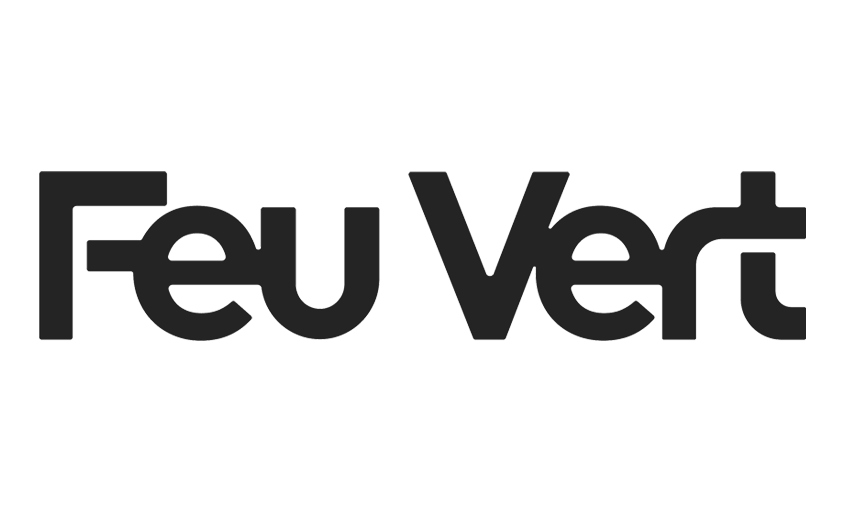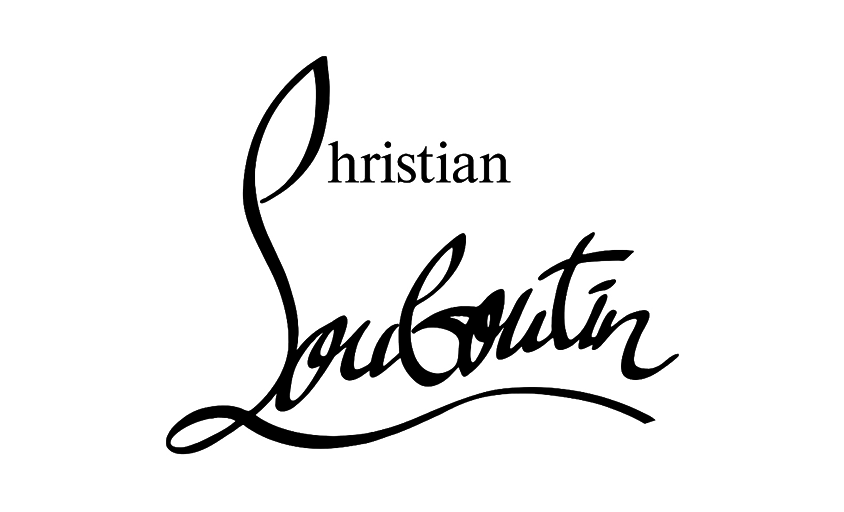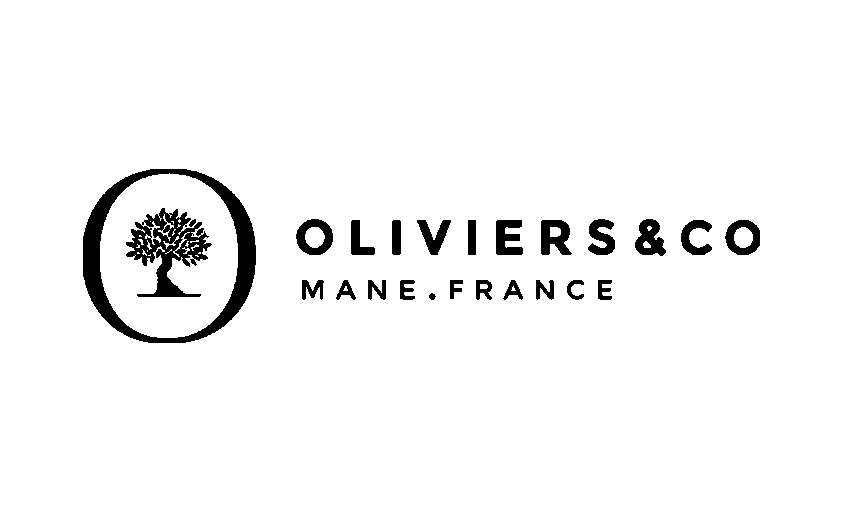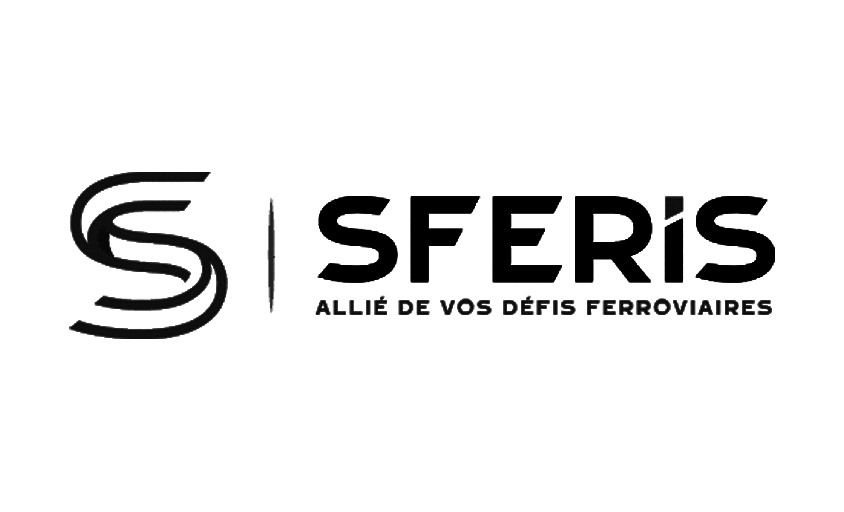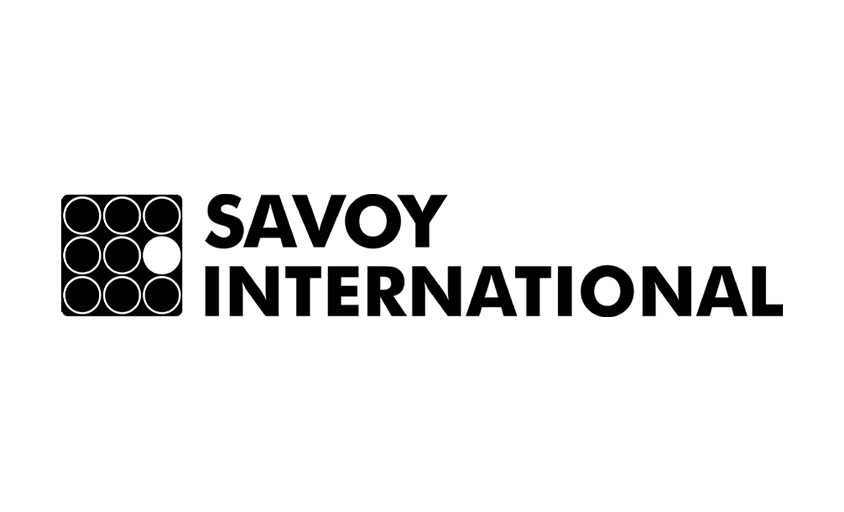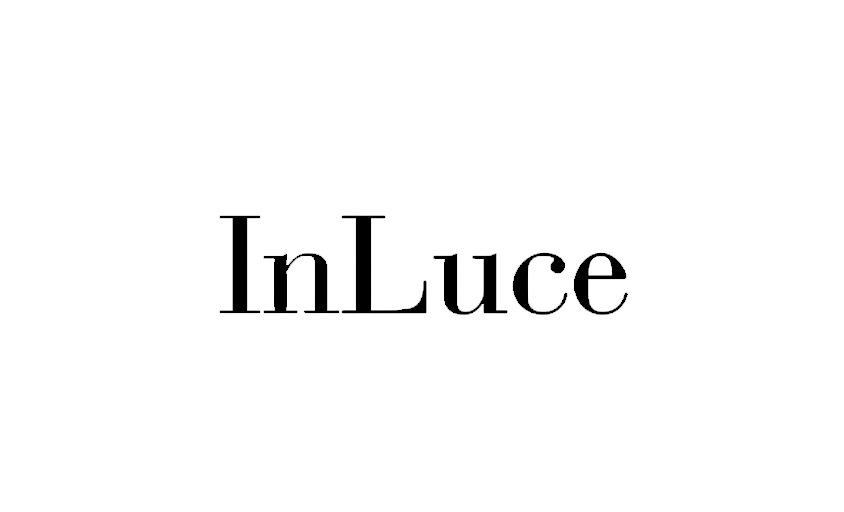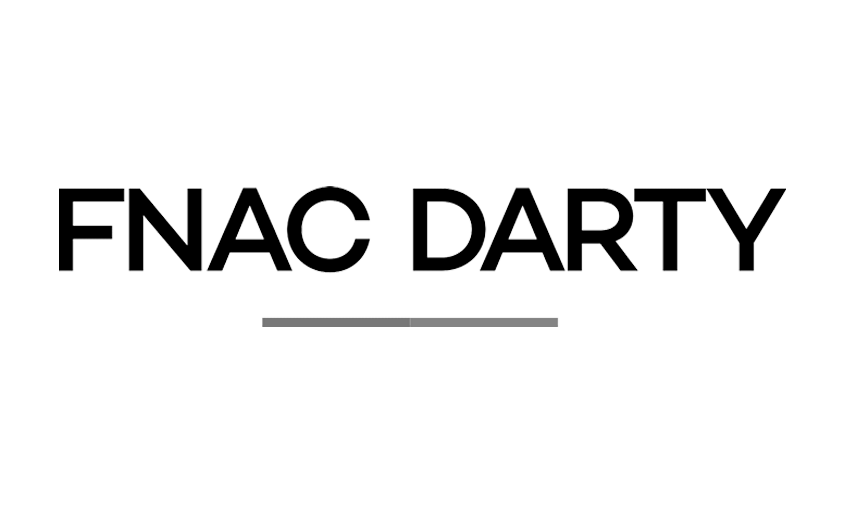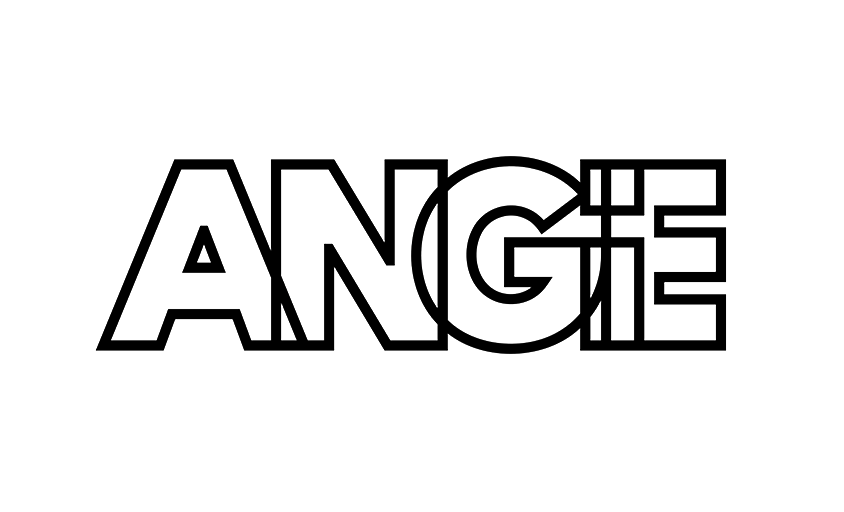The Stylist: The Expert in Aesthetics and Image
In this article :
The stylist plays a crucial role in the world of photography, particularly in fashion shoots, but also in product photography, where aesthetics and visual presentation are essential. Their job is to select, assemble, and enhance clothing, accessories, and sometimes even sets, in order to create a specific atmosphere aligned with the project’s vision.
This article explores the different facets of the stylist’s profession, their responsibilities, the skills required, and their impact on photographic work.
1. What Is a Stylist?
A stylist is a fashion and image professional whose main mission is to create looks and select clothing and accessories for photo shoots, runway shows, advertisements, or films. They have a deep knowledge of current trends, materials, and brands, and know how to adapt outfits to each specific project.
A stylist does more than just pick out clothes, they must understand the artistic concept of the shoot, the client’s expectations, and ensure that every visual element aligns with the intended message.
In photography, the stylist plays a key role in showcasing products or models. They work closely with the photographer, makeup artist, and art director to ensure every detail contributes to a flawless image.
2. The Stylist’s Responsibilities
Selecting Clothing and Accessories
The first responsibility of a stylist is to choose the clothing and accessories that will be used in the photo shoot. This requires an in-depth understanding of fashion trends and brands, as well as the ability to grasp the essence of the project. Whether it’s fashion, portrait, or commercial photography, each piece must be perfectly suited to the visual message being conveyed.
Creating the Final Look
The stylist assembles outfits creatively to produce a cohesive look. This often involves bold choices, mixing textures and colors, and adding accessories to complete the ensemble. They must also consider the staging and ensure the clothes and props align with the set and lighting.
Coordinating with the Production Team
The stylist works hand in hand with the photographer, art director, and other members of the creative team. They ensure everything runs on schedule, make adjustments to outfits as needed, and sometimes carry out last-minute fixes on set. They also ensure the model feels comfortable and prepared for each shot.
3. Essential Skills for Becoming a Stylist
To succeed as a stylist, one must develop a mix of technical and creative skills:
Creativity and Aesthetic Sensibility
Stylists need a strong artistic vision and boundless creativity to design unique and impactful looks. A deep understanding of color, shape, and texture is essential for creating harmonious and original ensembles.
Fashion Knowledge
Stylists must stay constantly updated on the latest fashion trends. They need to understand the codes of contemporary fashion and how to adapt them to each project.
Organizational and Management Skills
Stylists often juggle multiple projects, manage clothing and accessory sourcing, and ensure everything is ready for the shoot. Excellent organization and the ability to work under pressure are vital.
Communication Skills
Stylists must communicate effectively with all members of the creative team. Clear communication is crucial to understand the photographer or art director’s vision and to share their own creative input.
4. The Stylist’s Impact on Photography
The stylist plays a decisive role in crafting the final image. They don’t just choose clothes, they contribute to the visual narrative by adding an aesthetic dimension that supports the shoot’s concept. Whether for fashion photography, portraits, or advertising imagery, the stylist helps define the brand identity and the story the image seeks to tell.
At Rétines, we understand the importance of every detail in creating a successful image. A talented stylist can transform a photo into a captivating visual work. On each project, we work closely with our stylists to ensure visual coherence, aligning everything from lighting to outfits with the artistic vision.
5. How to Become a Stylist
There are several pathways to becoming a stylist. While there is no single required course of study, multiple routes can lead to this career:
Fashion and Design Training
Many specialized fashion design schools, such as MJM Design or the École de la Chambre Syndicale de la Couture Parisienne, offer programs that teach essential technical skills and fashion culture.
On-the-Job Experience
Many stylists start out as assistant stylists, allowing them to build a network and gain valuable hands-on experience. Learning directly from industry professionals is often the key to success in this field.
Networking
Networking is also crucial. Attending events, collaborating with photographers and brands, or even showcasing personal creations can help gain visibility in the industry.
Conclusion
The stylist is a key professional in the photography industry, capable of turning a simple shoot into a visual work of art. Through creative and technical expertise, they help shape the final image, enhancing not just the clothing, but the entire universe it represents. A great stylist, working in harmony with the photographer and the rest of the creative team, can elevate an image to become a visual reference.
At Rétines, we believe that imagery is a collective effort, and the stylist plays a fundamental role in crafting flawless photographs that captivate the eye.
Jérémy Carlo is the editorial director at Rétines, where he ensures the consistency and clarity of all content produced by the studio.
Our Clients
Let’s discuss
What we do for you at Rétines
Meticulous work, an organised project and fast delivery. And to achieve this, we mobilise the right resources in our teams at the right time.
01
Pre-production
Artistic and technical direction tailored to the project.
Relevant recommendations on content, form and resources.
02
Photo Shooting
Photos taken by our experienced photographers.
Production that’s controlled, efficient and tailored to the needs of the project, with nothing superfluous.
03
Retouching
Technique
Photographs magnified by our retouching team.
Post-production to meet the commercial challenges of the brief.


